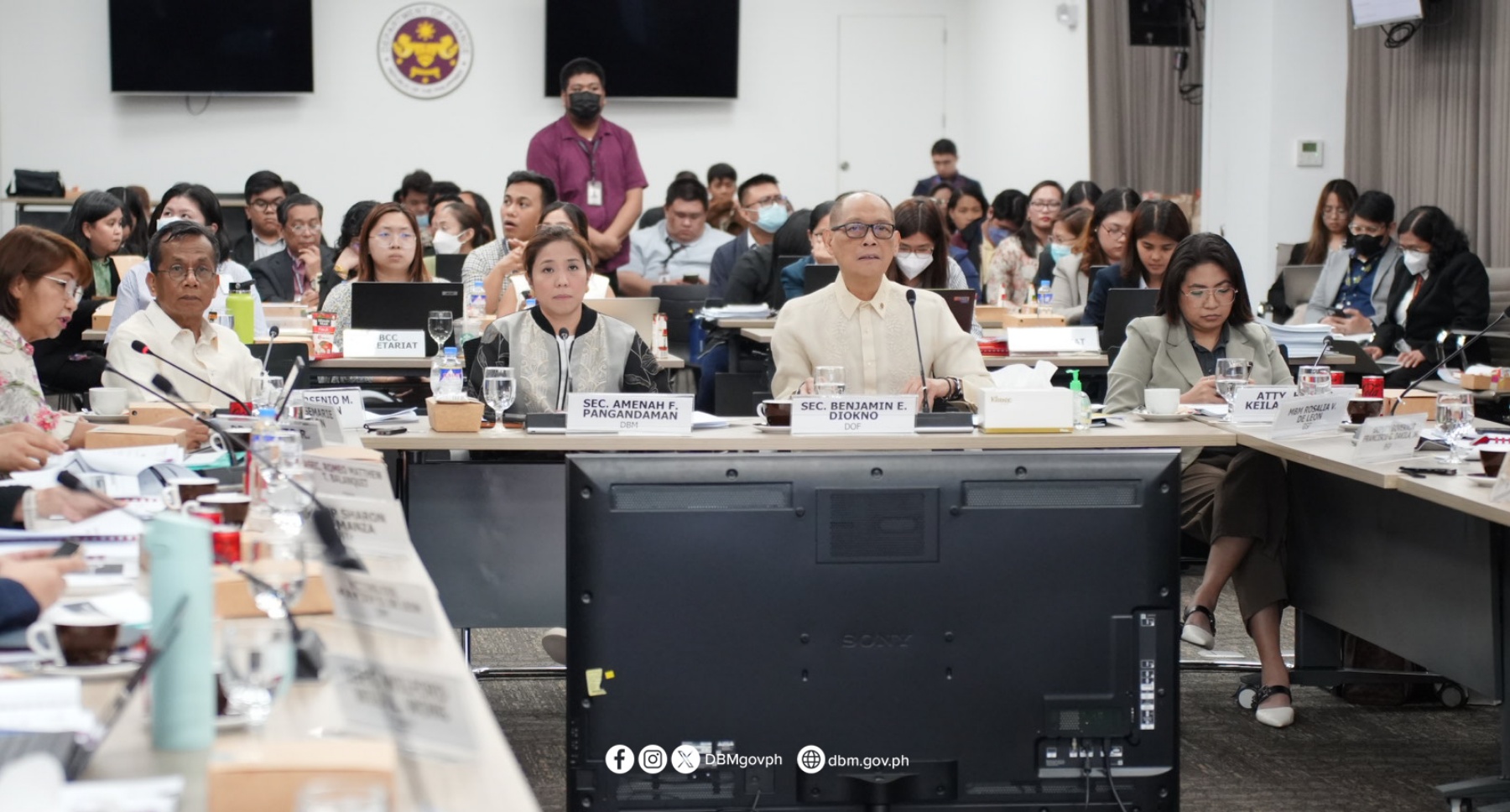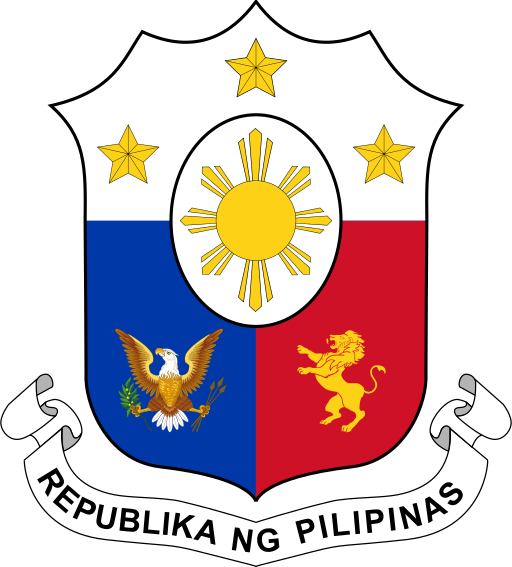Review of the Medium-Term Macroeconomic Assumptions
and Fiscal Program for FY 2023 to 2028
December 15, 2023

Given the positive developments in the Philippine economy and the recent global trends, the Development Budget Coordination Committee (DBCC) has revisited the government’s medium-term macroeconomic assumptions, fiscal program, and growth targets for FYs 2023 to 2028.
Real Growth Projections
With robust domestic demand and broad-based expansion in major sectors, the Philippine economy grew by 5.5 percent in the first three quarters of the year, sustaining its position as one of the best-performing economies in the Asia-Pacific Region. More importantly, the corresponding GDP per capita is above pre-pandemic levels. This growth momentum is expected to continue for the rest of the year and surpass that of our neighboring countries.
Year
Growth Assumptions
(in percentage)
2023
6.0 - 7.0
2024
6.5 - 7.5
2025-2028
6.5 - 8.0
As a result, we have maintained our growth targets at 6.0 to 7.0 percent for 2023. Meanwhile, the growth target for 2024 has been narrowed to 6.5 to 7.5 percent from the previous range of 6.5 to 8.0 percent, while retaining the 6.5 to 8.0 percent growth assumption for 2025 to 2028.
Macroeconomic Assumptions
The DBCC has also approved the following revisions to the macroeconomic assumptions based on emerging data:
|
Indicator |
2023 |
2024 |
2025 - 2028 |
|
Inflation (%) |
6.0 |
2.0 - 4.0 |
2.0 - 4.0 |
|
Dubai crude oil (USD/bbl) |
82 - 85 |
70 - 90 |
65 - 85 |
|
Forex (Php/USD) |
55.50 - 56.00 |
55.00 - 58.00 |
55.00 - 58.00 |
|
Exports of goods, BPM6 (%) |
-4.0 |
5.0 |
6.0 |
|
Imports of goods, BPM6 (%) |
-3.0 |
7.0 |
8.0 |
The average inflation rate for 2023 is expected to settle at 6.0 percent. Following the monetary policy actions being undertaken by the Bangko Sentral ng Pilipinas and the strategies being implemented by the Administration, through the Inter-Agency Committee on Inflation and Market Outlook, and consistent with macroeconomic developments and outlook, the inflation rate is expected to return to the target range of 2.0 to 4.0 percent in 2024 until 2028.
Meanwhile, the assumption for the Dubai crude oil price for 2023 has been narrowed to USD 82 to 85 per barrel, considering the anticipated decline in global oil inventories. This is projected to settle at USD 70 to 90 per barrel in 2024 and decrease to USD 65 to 85 per barrel in 2025 to 2028, as the latest futures prices and forecasts suggest falling global crude oil prices over the medium term.
The peso-dollar exchange rate assumptions were set at Php 55.50 to 56 against the USD for 2023. It is expected to reach Php 55 to 58 against the USD from 2024 to 2028. The peso will continue to be supported by structural foreign exchange inflows, narrower current account deficit projections, and ample foreign exchange reserves.
The projected growth for goods imports this year has been revised to -3.0 percent and is expected to increase to 7.0 percent in 2024. On the other hand, the growth of goods exports in 2023 was projected to be -4.0 percent before improving to 5.0 percent next year. For 2024, goods exports growth forecast is supported mainly by the upturn in demand for semiconductors, while goods imports are expected to be propped up by infrastructure investments and increased domestic production capacity. Meanwhile, for 2025 to 2028, goods exports and imports growth rates are expected to return to their pre-pandemic levels of 6.0 percent and 8.0 percent, respectively, reflecting the anticipated increase in demand and trade activities globally and domestically.
Medium Term Fiscal Program
The Economic Team remains resolute in its pursuit of fiscal sustainability, guided by the Medium-Term Fiscal Framework (MTFF).
The National Government’s fiscal performance substantially improved in the first 10 months of the year with actual revenues rising to Php 3.22 trillion, higher by 9.4 percent compared to the same period last year. This also exceeded the revenue target for the period by 5.2 percent given the better-than-expected collections by the Bureau of Customs (BOC) and income from the Bureau of the Treasury (BTr), among others.
(in billion pesos)
PARTICULARS
2023
2024
2025
2026
2027
2028
Outlook
Projections
Projections
Projections
Projections
Projections
Revenues
3,846.7
4,235.3
4,699.2
5,283.4
5,903.9
6,622.2
% of GDP
15.7%
15.5%
15.7%
16.1%
16.5%
16.9%
Disbursements
5,340.2
5,630.0
5,925.8
6,428.8
7,049.5
7,797.1
% of GDP
21.8%
20.6%
19.8%
19.6%
19.7%
19.9%
Deficit
1,493.5
1,394.7
1,226.5
1,145.4
1,145.6
1,174.9
% of GDP
6.1%
5.1%
4.1%
3.5%
3.2%
3.0%
Revenue is projected to reach Php 3.847 trillion by the end of the year and further rise to Php 6.622 trillion in 2028 due to the anticipated implementation of priority tax measures over the medium term. These measures aim to broaden the tax base, improve tax administration, enhance the fairness and efficiency of the tax system, and promote environmental sustainability to address climate change.
Meanwhile, the National Government’s spending performance accelerated as of the end of October, reaching Php 4.242 trillion, which is 4.5 percent higher compared to the same period last year. This is a testament to the significant improvement in government spending in the previous quarter, driven by the agencies’ catch-up plans and the accelerated implementation of programs on infrastructure, social protection, education, livelihood, and employment, among others.
As a result, disbursements for the year are projected to reach Php 5.340 trillion, an increase of 3.5 percent compared to last year. Infrastructure spending will also accelerate to Php 1.424 trillion, which is equivalent to 5.8 percent of GDP.
Over the medium term, disbursements are expected to remain at an average of 20.0 percent of the GDP between 2024 to 2028. Budget priority will continuously be given to programs and projects that ensure social and economic transformation, in line with the 8-Point Socioeconomic Agenda and the Philippine Development Plan (PDP) 2023-2028. We are also determined to maintain infrastructure at the center of our growth strategy with annual public spending on infrastructure set at 5.0 to 6.0 percent of GDP.
Based on the revenue and spending outlook, it is anticipated that the deficit program will gradually return to pre-pandemic levels by 2027 from this year’s emerging deficit-to-GDP ratio of 6.1 percent. This reflects our commitment to balancing the requirements of supporting economic growth while ensuring prudent fiscal management by keeping our debt levels below a sustainable threshold.
Proposed FY 2025 National Budget
Consistent with the macroeconomic assumptions and the aforementioned fiscal targets, the proposed national budget for FY 2025 is set at Php 6.120 trillion, which is equivalent to 20.5 percent of GDP. This will continue to lay the groundwork for achieving the country’s economic goals as specifically identified in the MTFF, 8-Point Socioeconomic Agenda, and the PDP 2023-2028.
Closing Remarks
The DBCC is committed to continuing its proactive efforts to sustain the high-growth trajectory of the Philippine economy and mitigate the lingering effects of high inflation amid a slower global economic scenario. Pursuing a whole-of-government approach and a whole-of-society approach, we will strive to implement targeted measures, structural reforms, and strategies that will create a sustainable and future-proof economy for a significant improvement in the quality of life of Filipinos.
-END-


